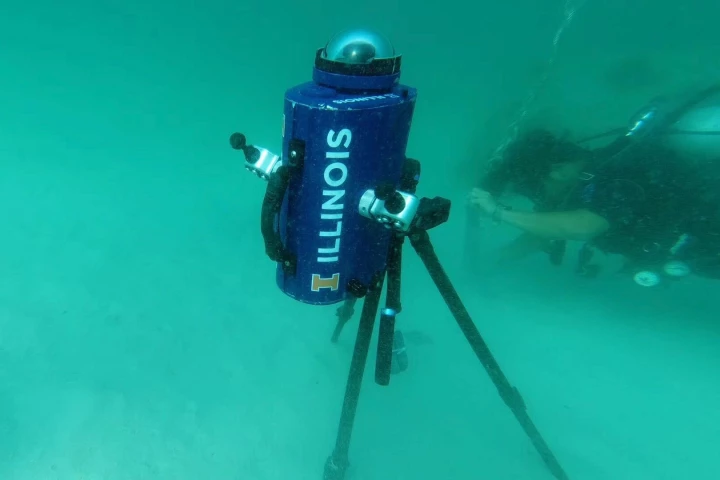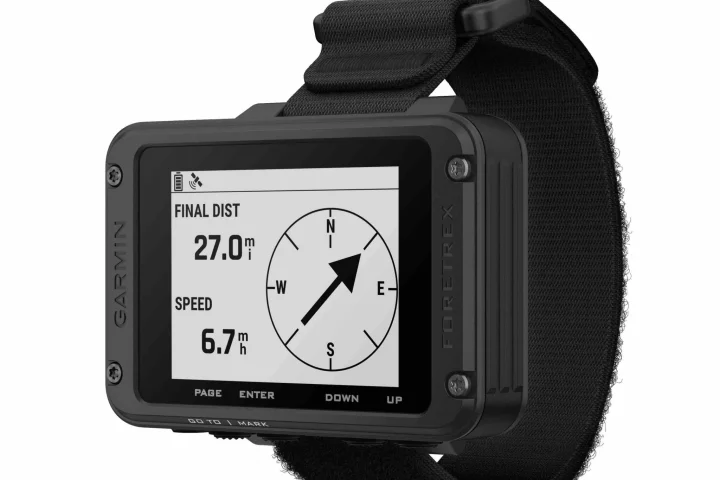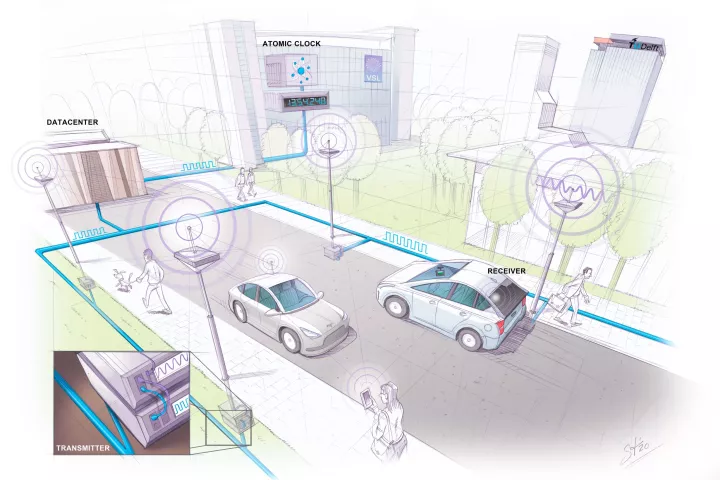GPS
-
The UK's oldest bicycle manufacturer has launched an ebike called the One. The chain-free commuter rolls with built-in GPS and anti-theft measure, smart connectivity features, and a "striking new visual identity."
-
With help from small tracking gadgets plus the ubiquitous smartphone, we can now keep tabs on our belongings – wherever they may be. Now a startup is crowdfunding a nifty tag that includes an E Ink screen to display contact details and photos in color.
-
If you're an avid outdoorsperson who explores nature with their dogs, the Satellai tracker could keep your pooch safe in the wilderness. This solar-powered gadget can beam your dog's location straight to your phone using satellite connectivity.
-
Even though today's aircraft rely heavily on GPS for navigation, the technology isn't infallible. That's why an alternative system is in the works, which may allow planes to navigate by "reading the fingerprint" of the terrain they're flying over.
-
While most compasses have a needle that points north, the Truest North Compass is different. Its main needle always points to a location of your choice, while its secondary needle shows the distance to that place.
-
Britain has scored a world-first with a series of test flights to demonstrate the core technologies of a future quantum navigation system that's designed to foil one of the most potentially dangerous, yet not very widely publicized, threats that transportation faces: GPS jamming and spoofing.
-
While GPS can be used to determine one's geographical coordinates on land, such is not the case underwater. Scientists have developed an alternative, however, in the form of a system that analyzes the manner in which sunlight is polarized by water.
-
GPS-enabled tracking collars allow scientists to learn a lot about wild animals, but the devices do have one major drawback – limited battery life. A new tracker gets around that limitation, as it's continuously powered by the animal's movements.
-
GPS doesn’t work as well inside buildings, underground or underwater. Now engineers in Japan have developed and tested an alternative technology that uses cosmic rays to track movement beneath a building with precision of a few meters.
-
Garmin has released two wrist-mounted tactical GPS navigators that can not only make complex ballistic calculations for rifle shooters, but come with Stealth and Kill Switch features to prevent location data from falling into the wrong hands.
-
Water level sensors serve an important purpose in rivers, warning of floods and unsafe recreational conditions. A new one is claimed to be not only more robust and reliable than others, but also considerably less expensive.
-
GPS has its limitations in urban areas where signals can get noisy. Now, engineers in the Netherlands have developed “SuperGPS” – a hybrid positioning system that combines wireless and optical connections to pinpoint locations within centimeters.
Load More










